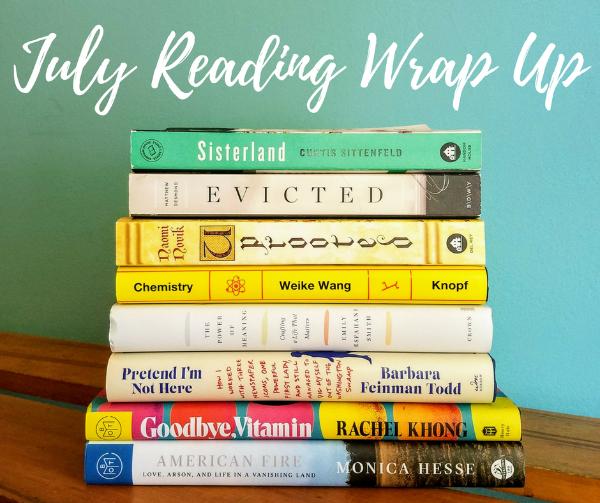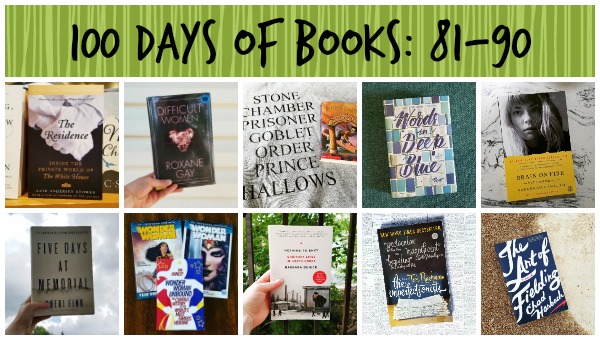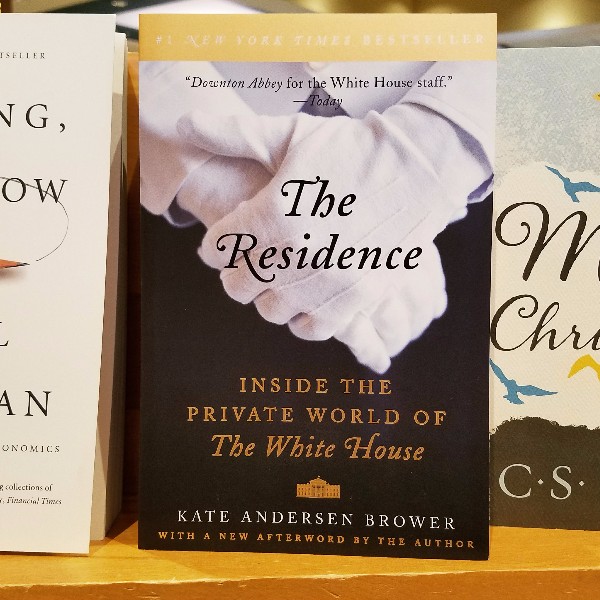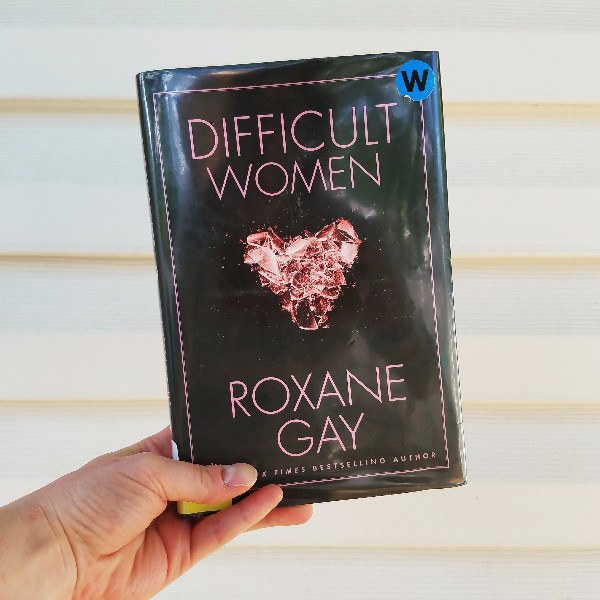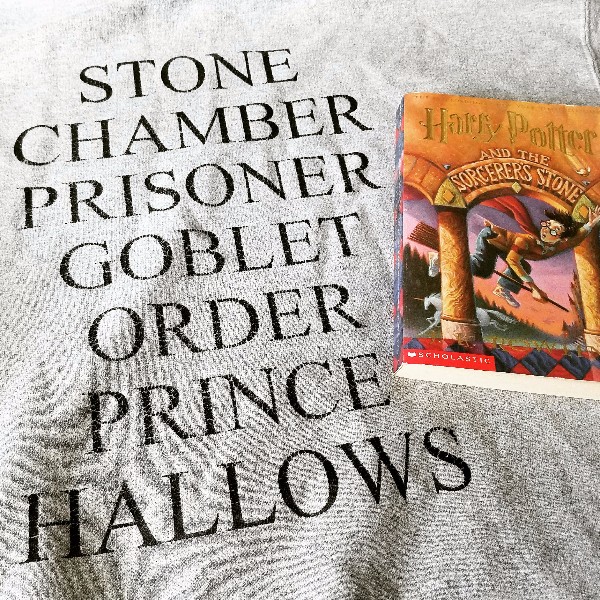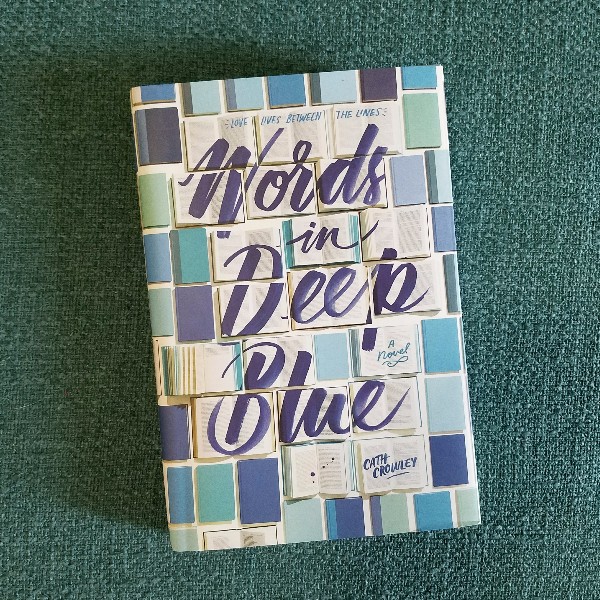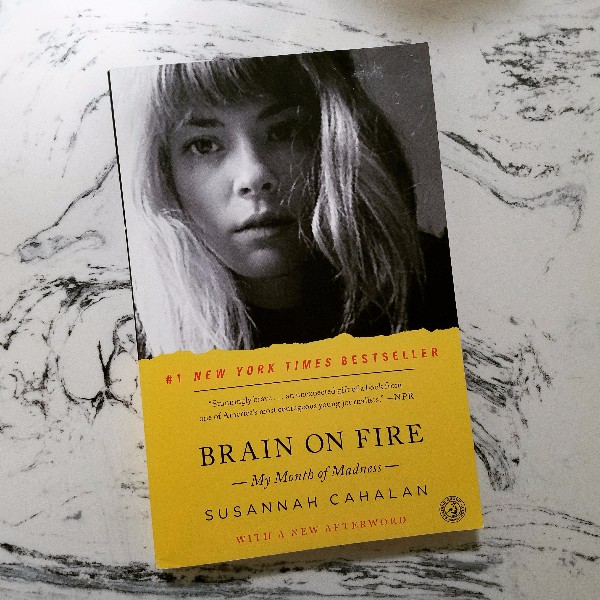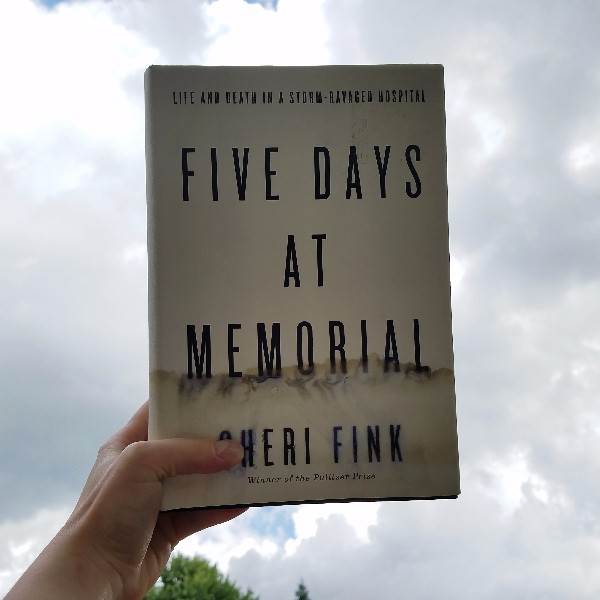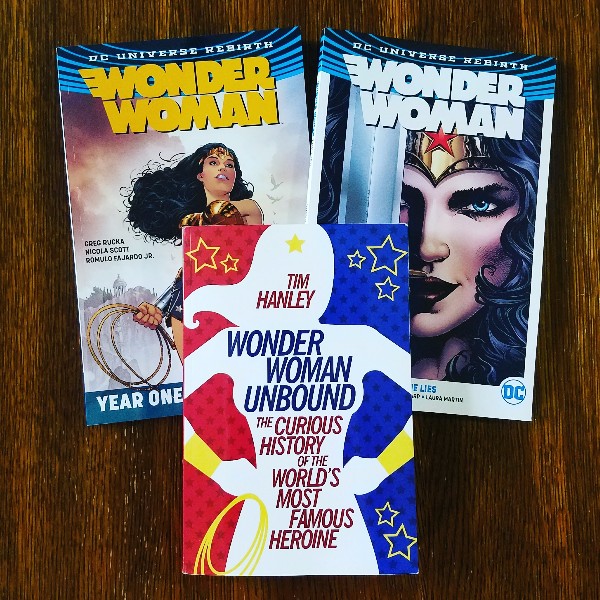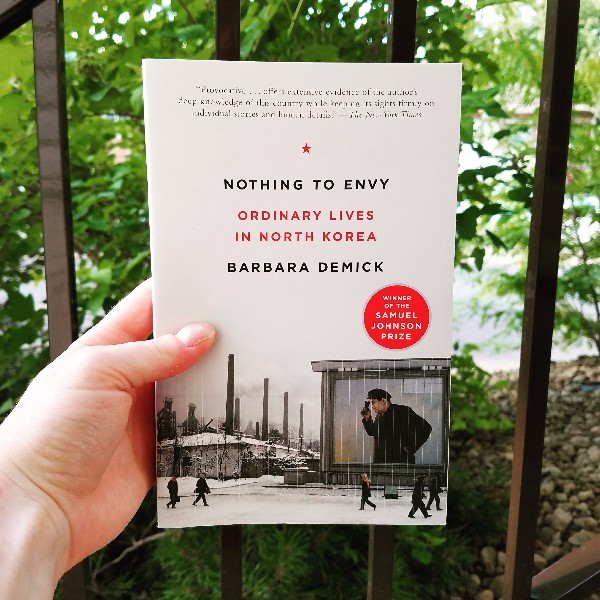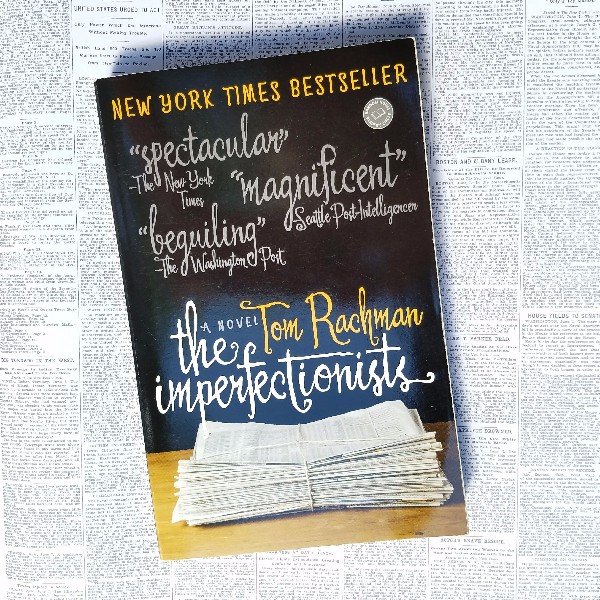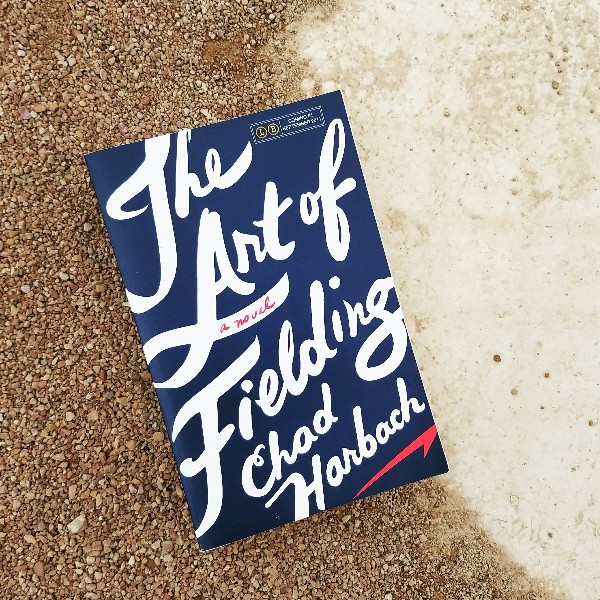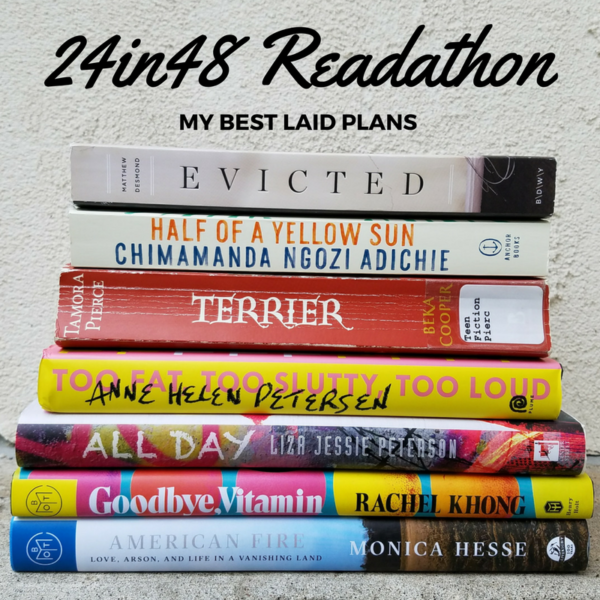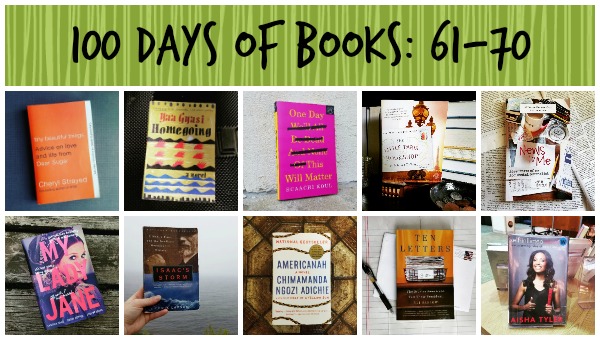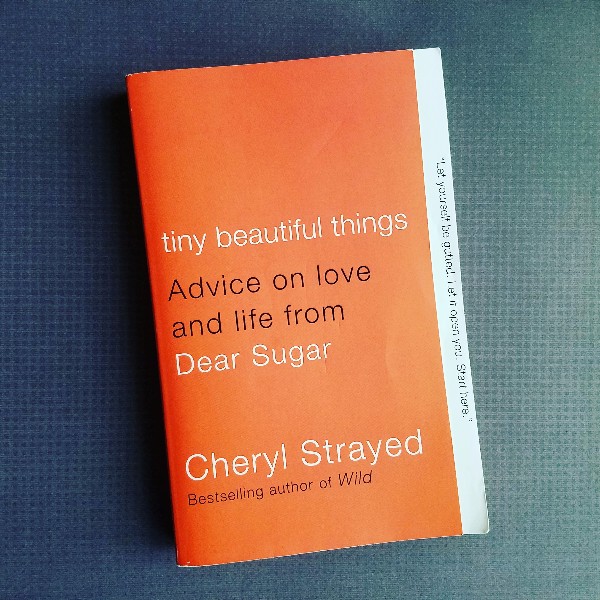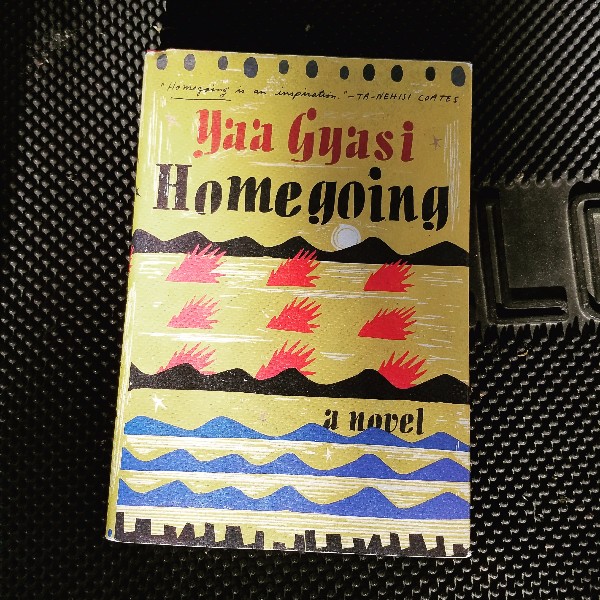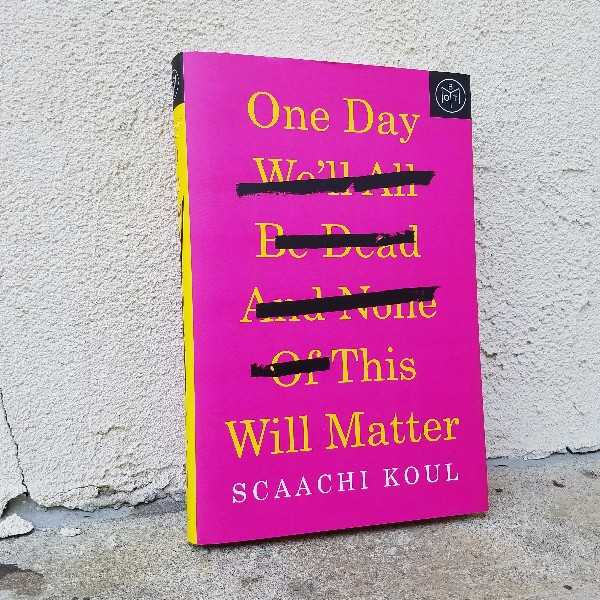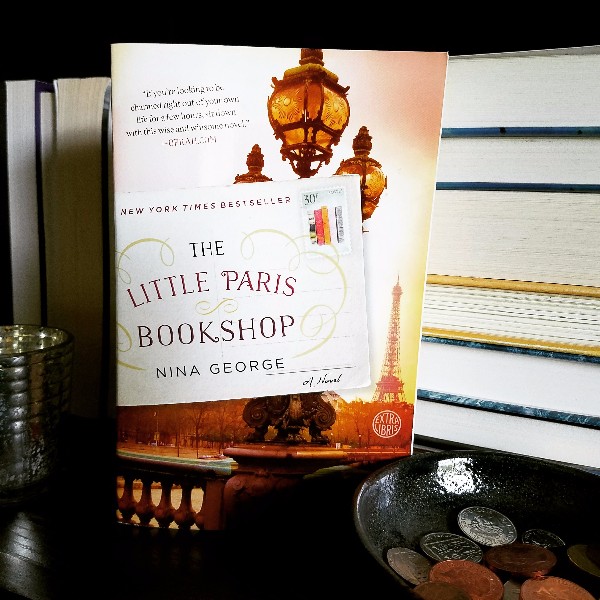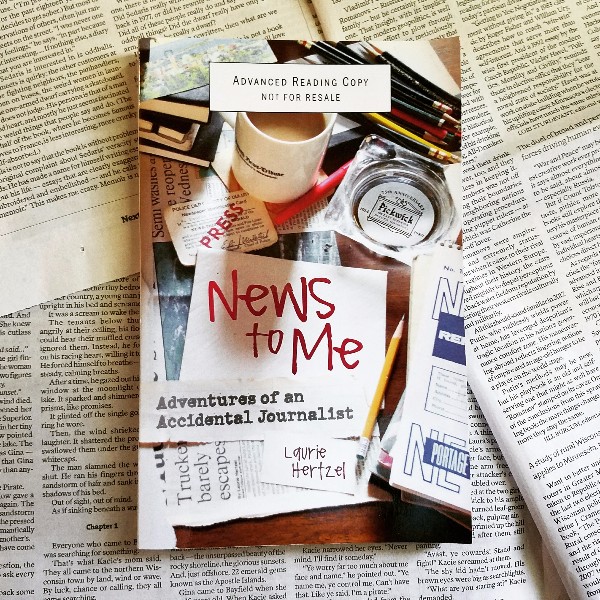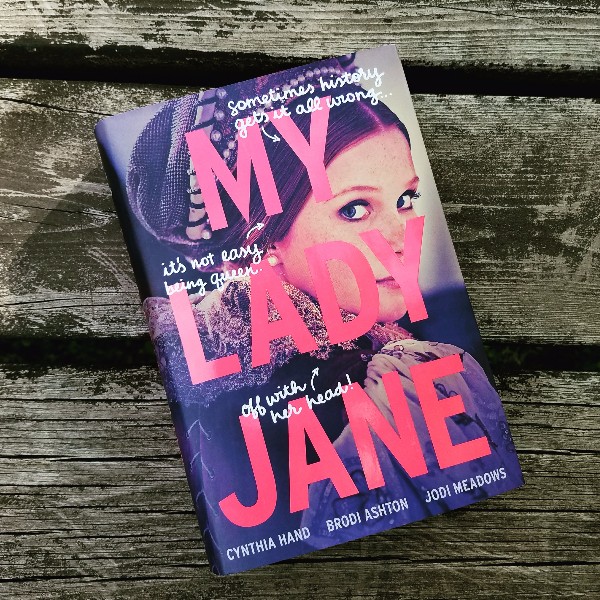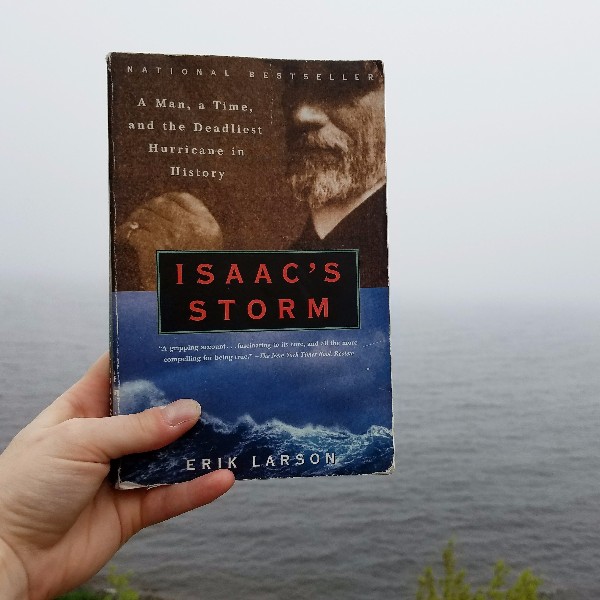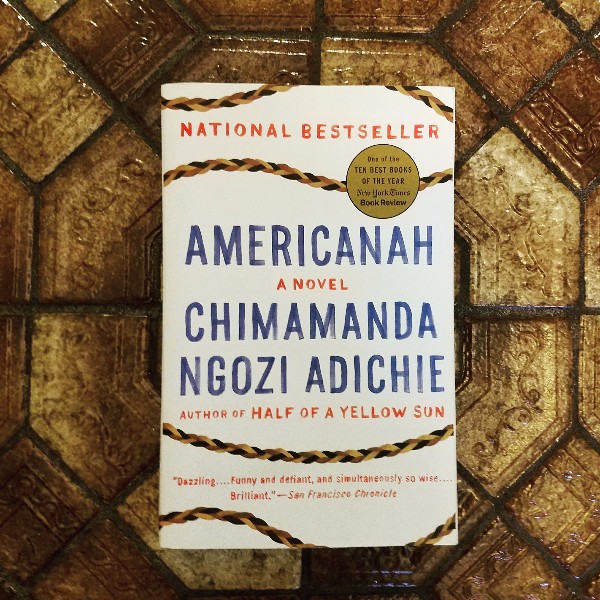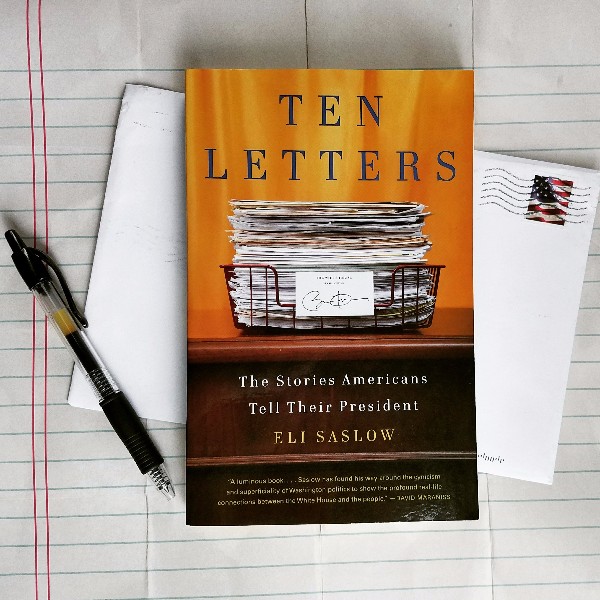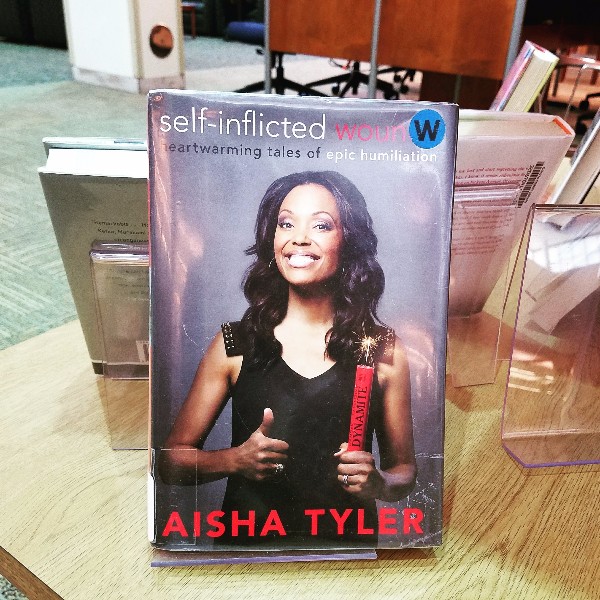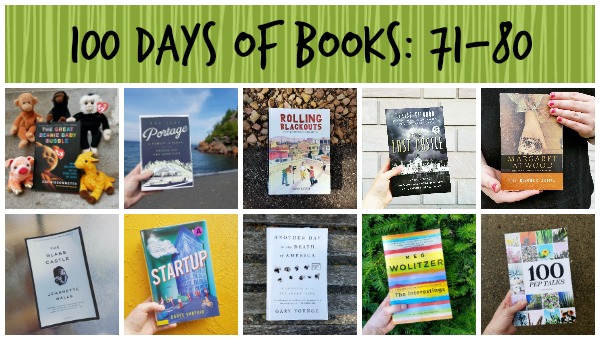
As I was looking through my photos from 100 Days of Books, I realized that this little batch — books 71 through 80 — have some of my favorite photos from the entire experiment. I think maybe by this time I’d really started finding my groove, and I was out and about a little more so I could find some fun backgrounds further away from home. For those keeping track, I’ll have two final long posts like this wrapping up my project, and then a more reflective post on lessons learned and what I’m hoping to do next. Thanks for reading!
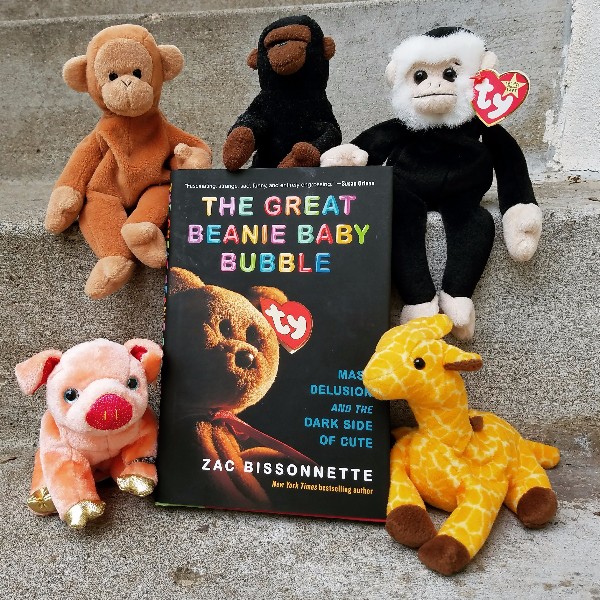
71. The Great Beanie Baby Bubble by Zac Bissonnette
The Great Beanie Baby Bubble is such a hilarious book, especially for those of us who grew up during the height of the Beanie Baby craze. The book has, no joke, some of the best quotes from interviews that I’ve ever read in a reported work of nonfiction — a testament, I’d guess, to both what a good reporter Zac Bissonnette is and to how much people who worked with Ty Warner (the creator of Beanie Babies) actually hate him now. In addition to being really fun, the book also is smart primer on some consumer economics issues like speculative markets and the way behavioral fallacies lead to bad economic decisions. This one is highly recommended.
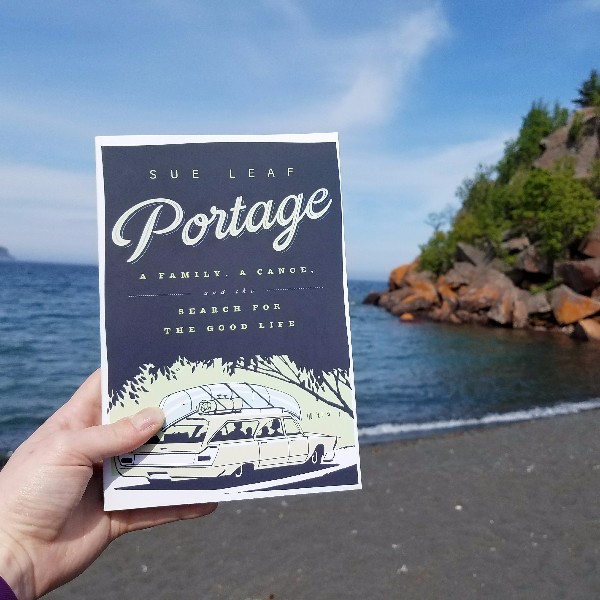
72. Portage by Sue Leaf
I bought Portage by Sue Leaf impulsively at an independent bookstore in Duluth, Minnesota. I was traveling along the North Shore, so a collection of essays about life on the water seemed like a good choice for that place. I was pleasantly surprised at the way I fell in love with this book, which one of the blurbs describes as “a guidebook to canoeing or how to raise a family, a natural history, a meditation on the significance of wild places, an intimate portrayal of a marriage.” From the first page, I wanted to be in a canoe with Leaf and her family, seeing the natural world in a new and challenging way. I loved thinking about wildness, family, and aging, and learning about the history of wild places close to where I live. It was just so, so good.
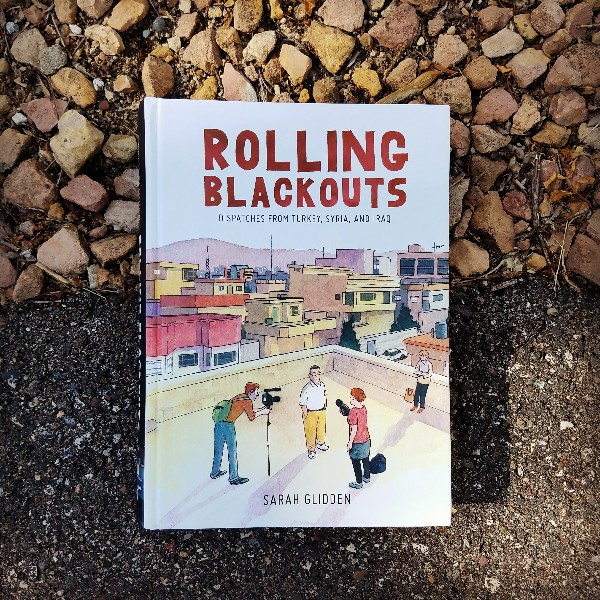
73. Rolling Blackouts by Sarah Glidden
When cartoonist Sarah Glidden decided to accompany two journalist friends on a reporting trip to Turkey, Iraq, and Syria, she was hoping to better understand the purpose of journalism and how journalists do their work. The trip, organized to report on the effects of the Iraq War and the lives of refugees, is complicated by a fourth traveler, a childhood friend and former marine who was deployed to Iraq in 2007. Throughout the trip, Sarah and her companions interviewed civilians, refugees, and officials, trying to find interesting (and marketable) stories about the impact of the war they can share with American audiences. I thought Rolling Blackouts was an interesting read, although parts already feel dated given the volatile and violent situation in Syria today. I loved the illustrations, and appreciated the way Glidden had a sense of empathy for everyone she encountered (her companions as well as their interview subjects). Her book clearly shows the importance of stories – those gathered by journalists and those we choose to share ourselves – in building a shared sense of humanity.
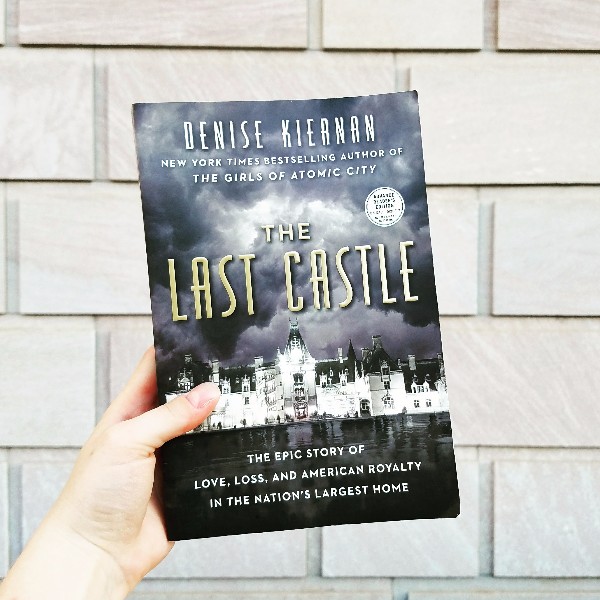
74. The Last Castle by Denise Kiernan
The Last Castle (out September 2017 from Touchstone). Even among the wealthiest Gilded Age Americans, George Vanderbilt’s 125,000 acre estate in rural North Carolina was noteworthy. The mansion he built there, Biltmore House, was designed by celebrated architect Richard Morris Hunt, with landscaping by Frederick Law Olmstead. When George died it was up to his widow, Edith Stuyvesant Dresser, to try and preserve the 175,000-square-foot home, along with the priceless antiques and artwork and sprawling village that grew up around the estate. The Last Castle is a lovely history of the Gilded Age and how America has changed since then. Biltmore House was one man’s dream and legacy, but the story of the house touches a vast array of artists, politicians, writers, and citizens of the country. This is the first book I read from BookExpo, and I enjoyed it immensely.
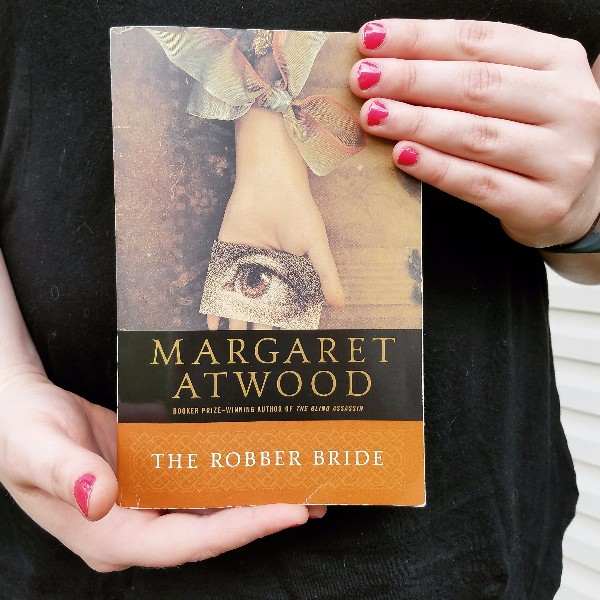
75. The Robber Bride by Margaret Atwood
The Robber Bride is set in present-day Toronto, Ontario, and focuses on three college acquaintances turned friends, Roz, Charis, and Tony. At the beginning of the book, they’re meeting at a restaurant for lunch when Zenia, a “frenemy” who they believe recently died, shows up, very much alive. Drama! The book then splits off to tell the three stories of how Zenia became part of each of their lives, stealing away their beaus and leaving a mess whenever she went. I love how good Margaret Atwood is at writing distinctive female characters. With Roz, Charis and Tony, she perfectly captures the sense of how friends work – covering for each other, dropping everything when needed, but still being able to be annoyed with quirks you dislike. And then Zenia is so awful, a malevolent spirit that comes into each of the women’s lives, pretends to be a victim, then wreaks havoc before disappearing again. It’s all just so great!
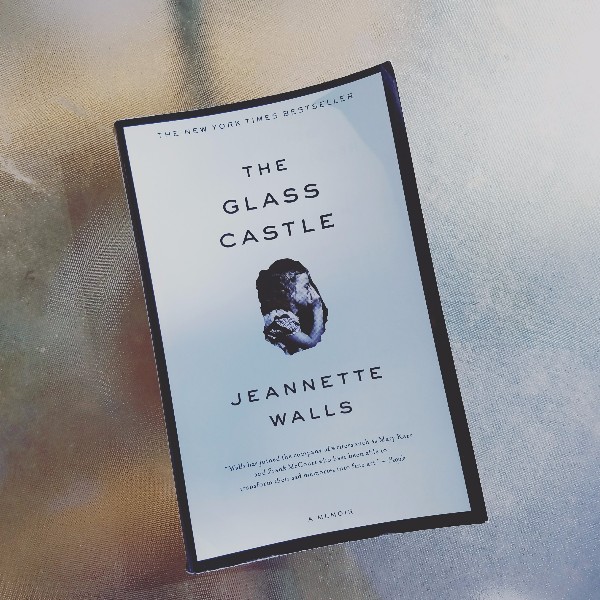
76. The Glass Castle by Jeannette Walls
The Glass Castle is one of those memoirs that everyone who is deeply immersed in the genre has read, but I only just got around to picking it up this month, prompted by seeing trailers for the movie coming out later this year. Jeannette Walls and her three siblings grew up with loving but deeply neglectful parents. Her father could be “brilliant and charismatic” when sober, but became “dishonest and destructive” when he’d been drinking. Her mother was free spirited, uninterested in a domestic life or the work that comes from raising a family. Throughout her childhood, Walls’ family roved from city to city, keeping just ahead of law enforcement, debt collectors, and criminals, until they settled in a barely habitable shack in the Appalachian mountains. Once there, the siblings did what they needed to get by until they could make their way on their own. There’s so much about this memoir that is shocking and difficult to read, but I was struck with the warmth Walls still holds for her family. This is a book about survival, looking back with clear eyes and an empathetic heart – it’s simply remarkable.
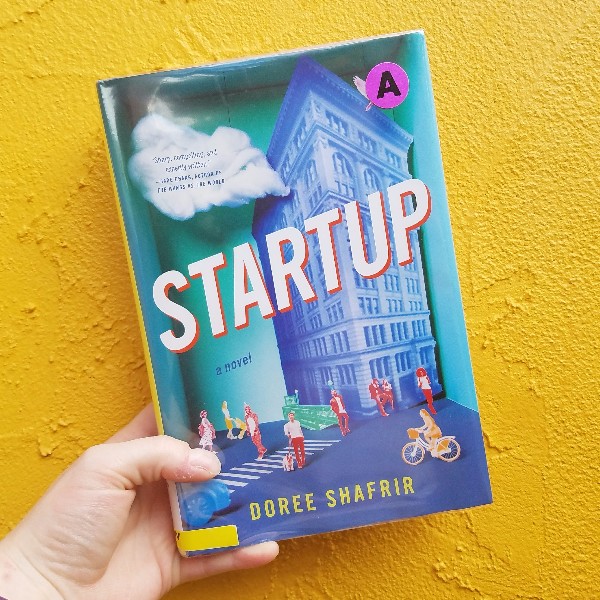
77. Startup by Dorree Shafrir
Startup by Doree Shafrir read like two different novels to me. The first half is a sharp and funny look at tech startup culture, everything from ridiculous employee perks to the constant race for funding and buzz. The story follows three main characters – Mack, a startup CEO on the verge of a major investment deal; Katya, a journalist looking for a big scoop; and Sabrina, a mother trying to reenter the industry in her 30s. The second half, a more serious (but still sharp) look at gender and journalism in tech, takes off after Mack sends an inappropriate text message to one of his female employees, setting off a chain of events that brings the the characters crashing together. I stayed up way too late last night finishing this book because I really wanted to see how Shafrir was going to bring the story to a close. I’m not totally sure what I thought of the ending, but really enjoyed the ride to get there.
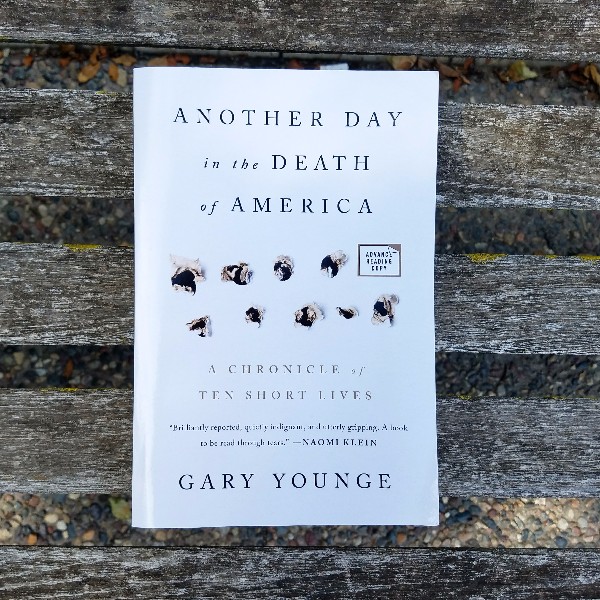
78. Another Day in the Death of America by Gary Younge
Another Day in the Death of America by Gary Younge takes a sobering look at American gun culture through the stories of the 10 young people who were killed by guns in the United States on one random day, Nov. 23, 2013. The stories range quite dramatically, and reflect the way gun violence affects people across the country in similar and different ways. Younge uses their stories to explore what it means to live in a county that can’t seem to enact meaningful gun control measures, despite a near constant drum of people killed each day and each year by guns. It’s a sobering, emotional read that, unfortunately, doesn’t seem to be getting any less relevant as time passes.
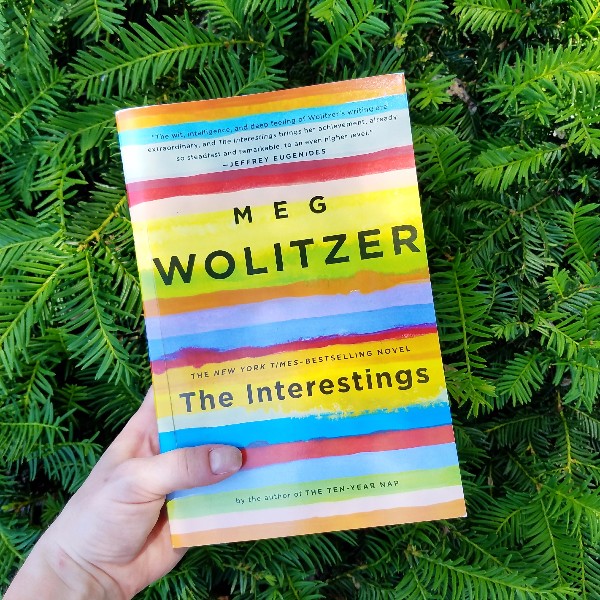
79. The Interestings by Meg Wolitzer
At an artsy summer camp in the 1970s, six teenagers meet and, in the way that all summer friendships go, vow to remain close forever. In the case of “The Interestings,” the nickname they give themselves, this turns out to be somewhat true. Decades later, they are still connected, although an incident at camp remains a complicated cloud in the background of their varied adult successes. The Interestings is a novel that has a lot of ideas about creativity, art, friendship, and growing up. I loved the twisting plot, which shifts back and forth in time and perspective in a lovely way. And I loved the way that Meg Wolitzer wrote about the particular jealousy of friends. She perfectly captured that sense of rooting for the people you love while simultaneously wondering and feeling insecure about how your own life is working out. I think this would be a good vacation read if you like your novels with big ideas and a little darkness.
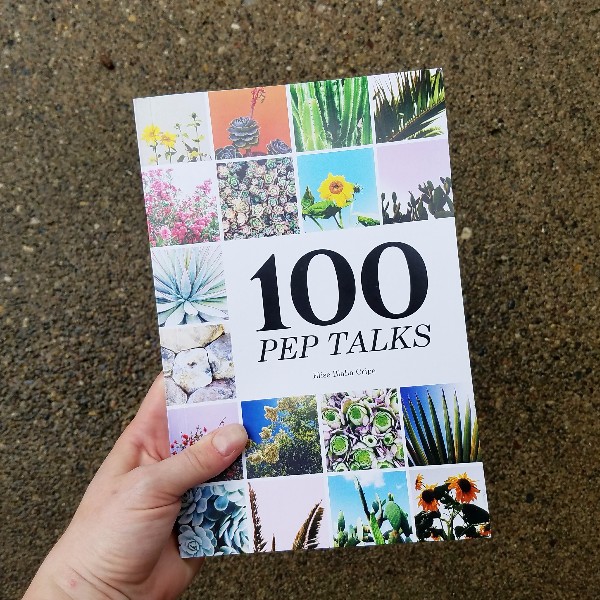
80. 100 Pep Talks by Elisa Blaha Cripe
I’ve been sharing book photos and short reviews for the last 80 days as part of The 100 Day Project, a global art initiative where people around the world commit to doing something creative every day for 100 days and sharing it on social media. I’m not an artist, but I felt like it was something I could do as a writer because of Elise Blaha Cripe (@elisejoy). Her 2016 project was to write 100 pep talks, which she then collected and self-published in this book. I’ve given copies of this one to friends when I feel like they need a boost, and often pick it up and skim through when I feel like I need a boost myself. No single pep talk is revolutionary, but it’s lovely to have a little push… just start, say your big dreams out loud, you’re not going to run out of ideas, celebrate your wins, you’ll get better at this, you can change. The book makes me smile, and I’m grateful that the project it came from has given me such a creative boost during the last few months. You can learn more about The 100 Day Project at the100dayproject.org and more about 100 Pep Talks at www.elisejoy.com/100peptalks.
Reviews finished! You can check out Days 1 through 10, Days 11 through 20, Days 21 through 30, Days 31 through 40, Days 41 through 50, Days 51 through 60, and Days 61 through 70 on the blog, or follow me on Instagram for more bookish photos (outside my 100 Days project).
